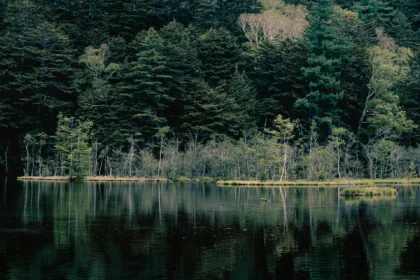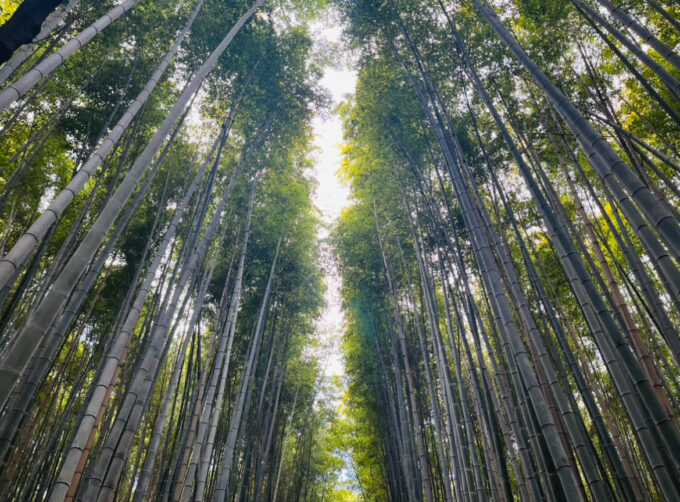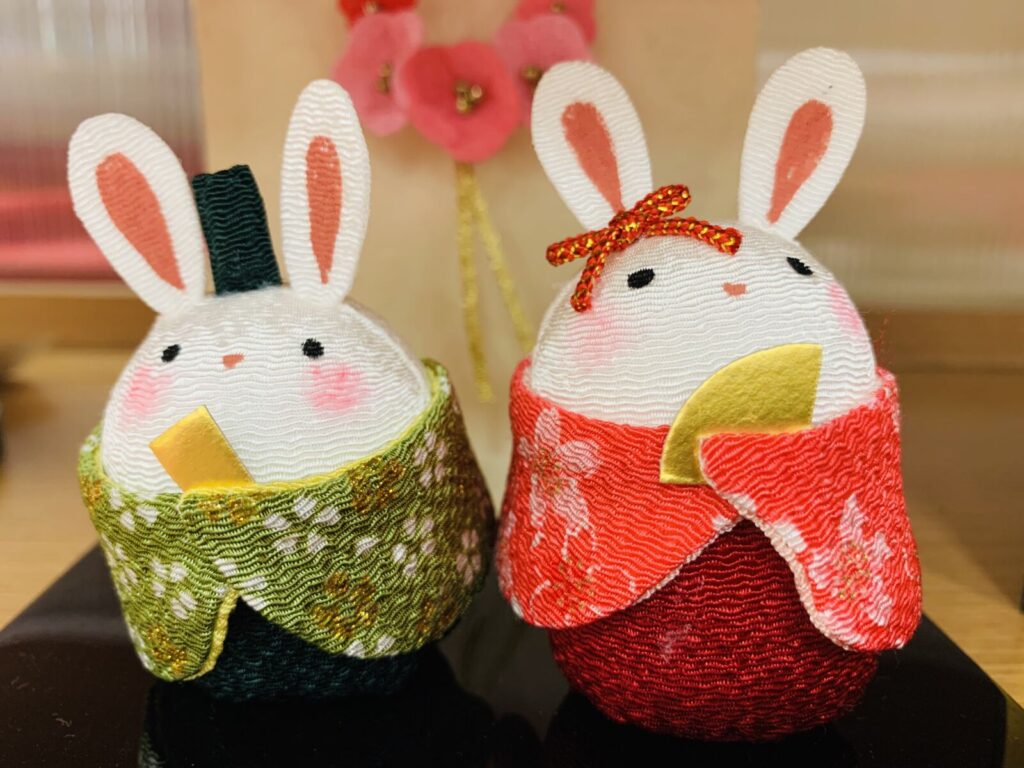
The origins of Okiagari Koboshi date back over 400 years to the Edo period. Historically, these dolls were crafted from papier-mâché, a lightweight and sturdy material, and were popular as toys for children and talismans for adults. Their name combines oki (to rise) and agaru (to get up), reflecting their symbolic meaning of resilience. Traditionally, they were also gifted as lucky charms during the New Year to wish recipients a life of steadfastness and prosperity.
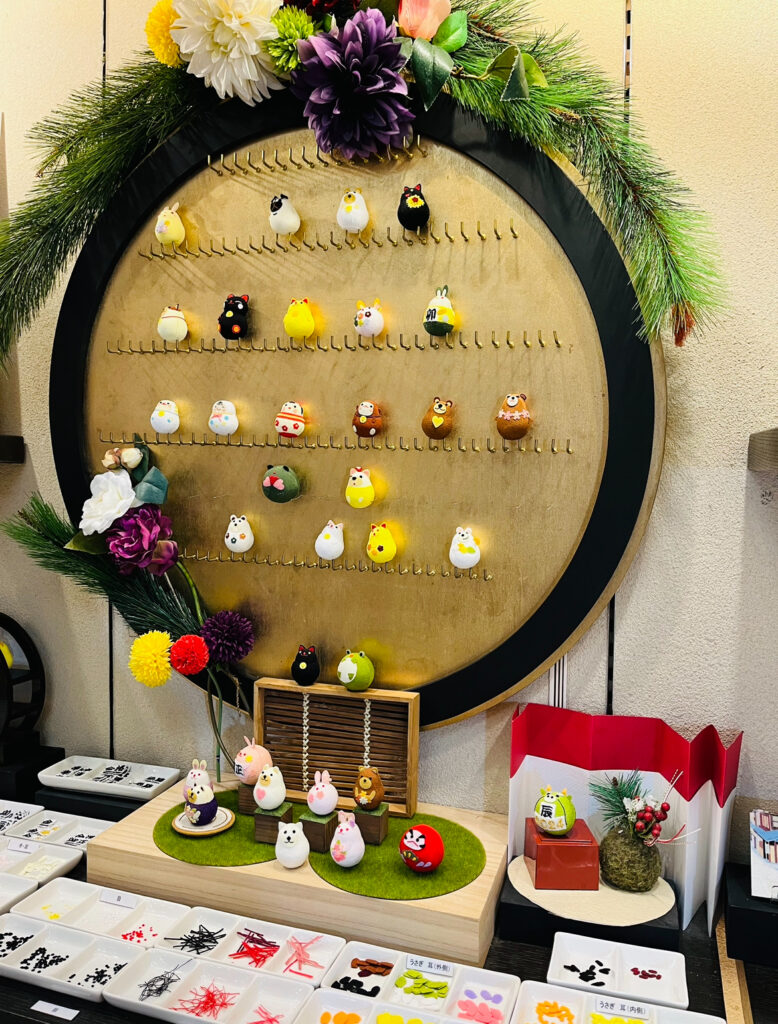
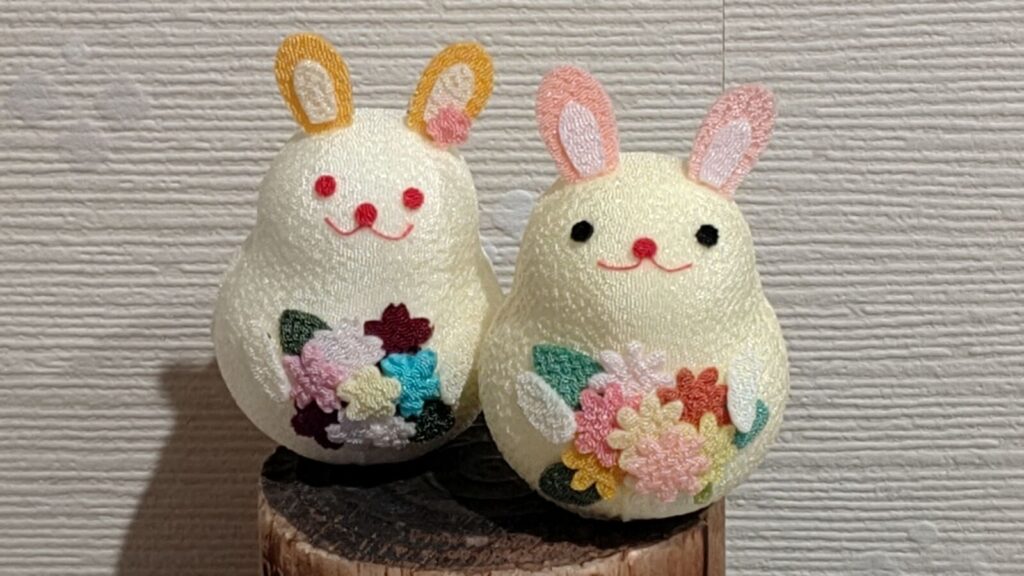
Kyoto, known for its rich artisanal traditions, has a special connection to crafts like these, blending ancient techniques with modern creativity. By making an Okiagari Koboshi, you are not only engaging in a fun, hands-on activity but also participating in the preservation of Japan's intangible cultural heritage.
Though simple in appearance, the craft of creating an Okiagari Koboshi teaches us mindfulness, patience, and a connection to the values of Japanese culture. These dolls also resonate with Kyoto's spirit, where ancient practices find new meaning in today's world. Artisans continue to produce these dolls, emphasizing sustainable materials and hand-painted designs that often feature adorable or symbolic motifs, from smiling faces to seasonal flowers.
Join Our Tour in Arashiyama
Our tour begins at 9:00 AM at JR Kyoto Station. Our first stop is Tenryuji, the most significant temple in the Arashiyama area and a UNESCO World Heritage Site. As the head temple of the Rinzai sect, it offers a serene start to the day.
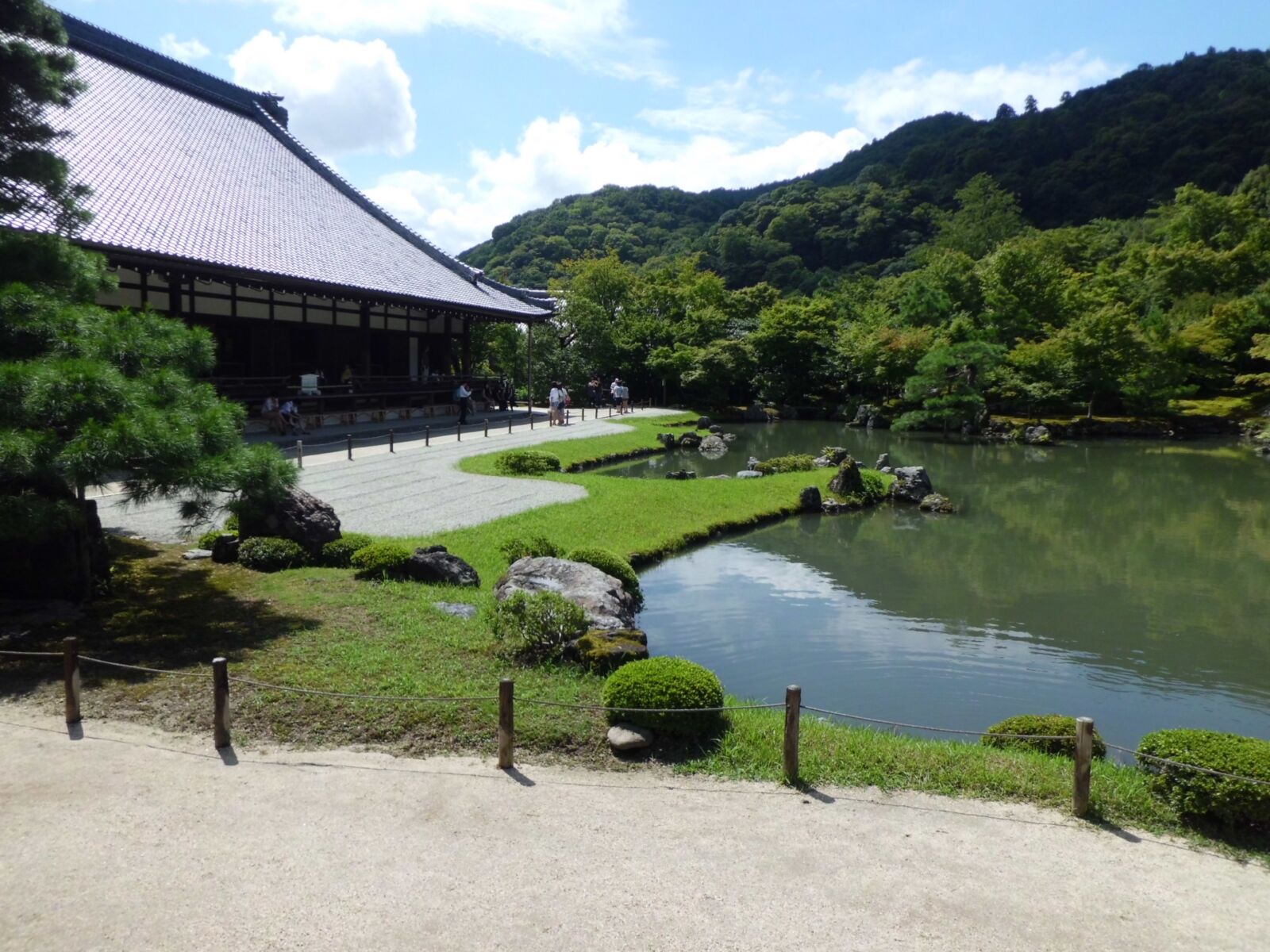
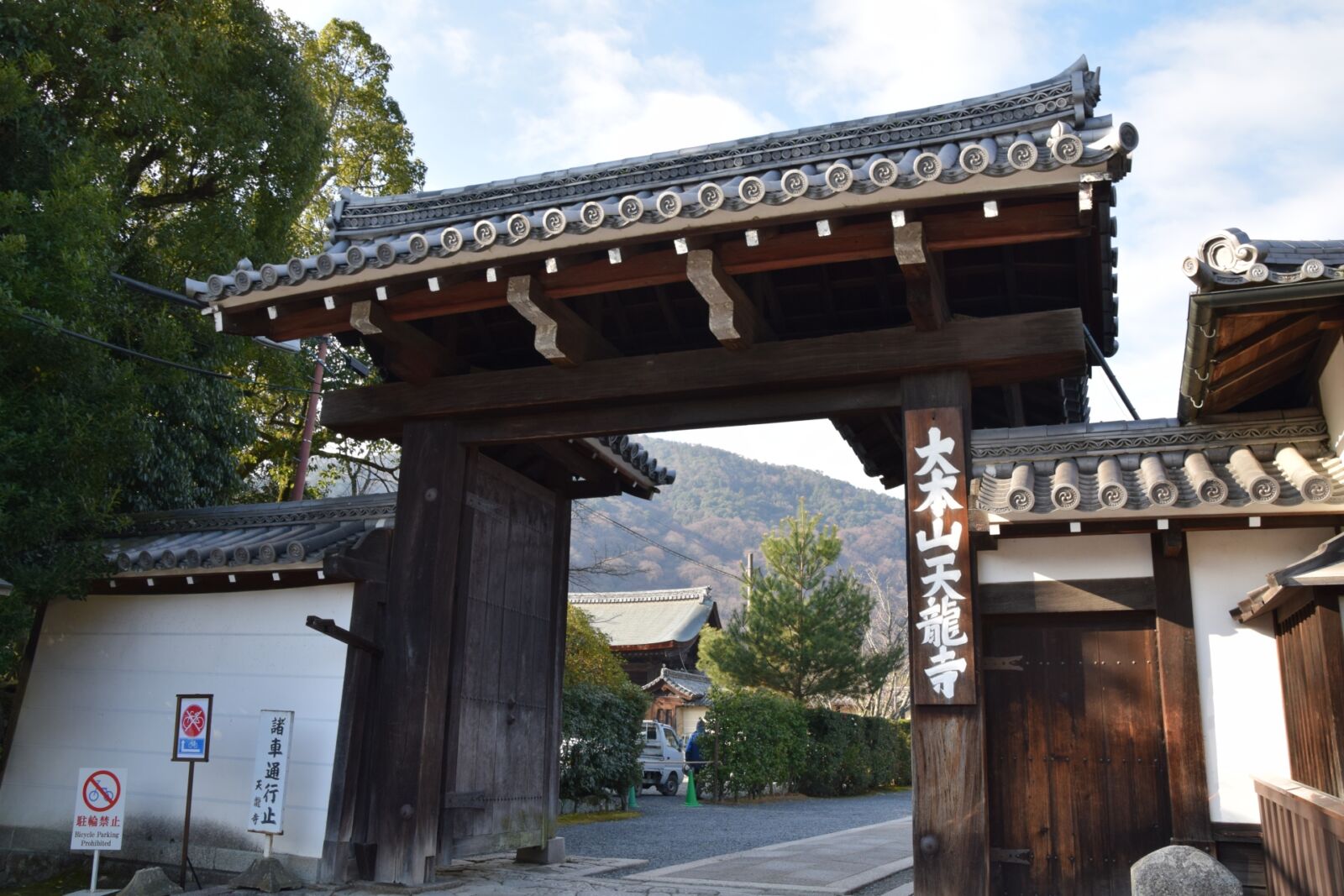
Next, we’ll walk through the famous bamboo grove to Togetsukyo Bridge, a landmark of Arashiyama for over 400 years. This wooden bridge spans the Katsuragawa River and provides stunning views of the surrounding scenery.
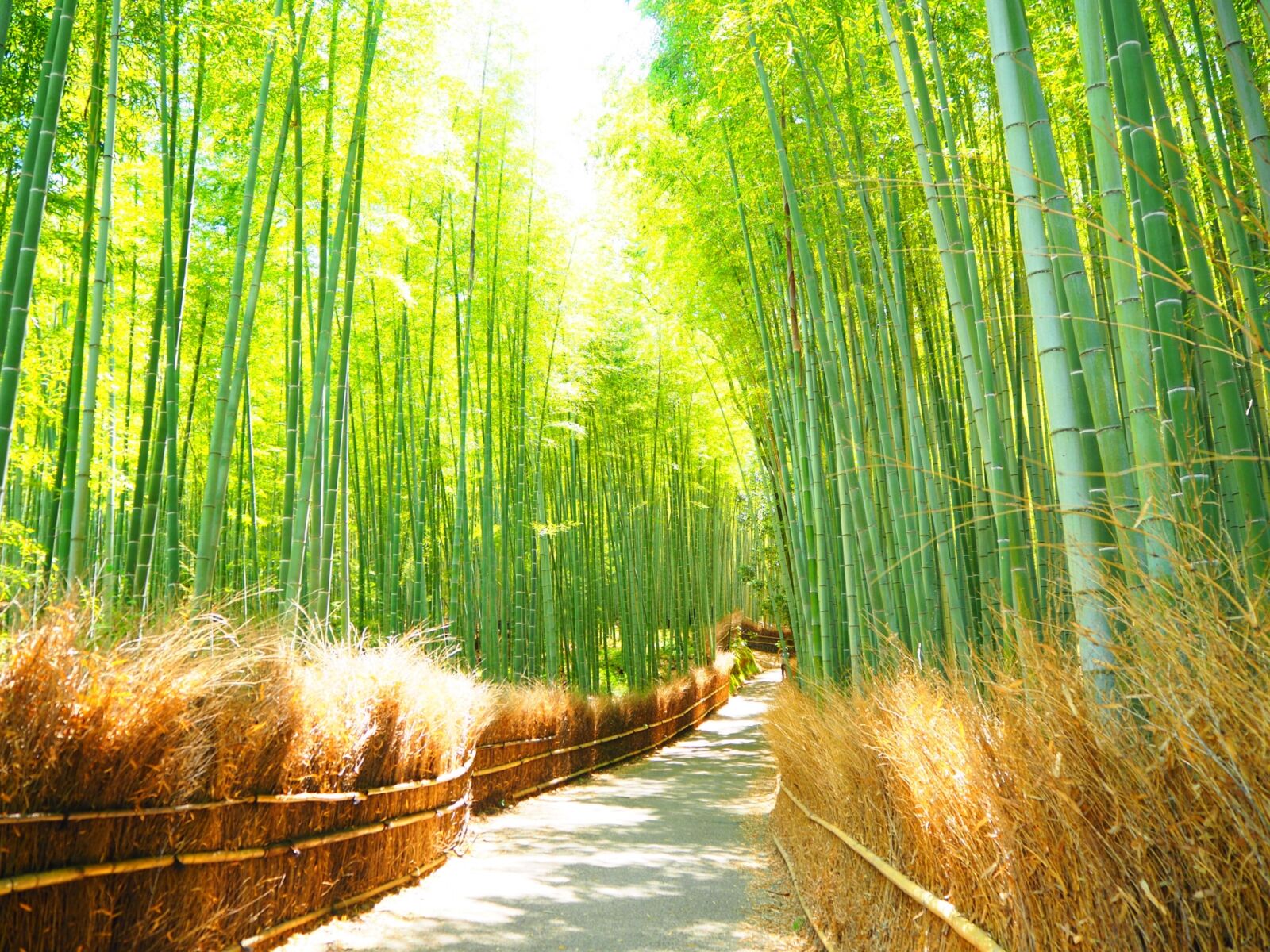
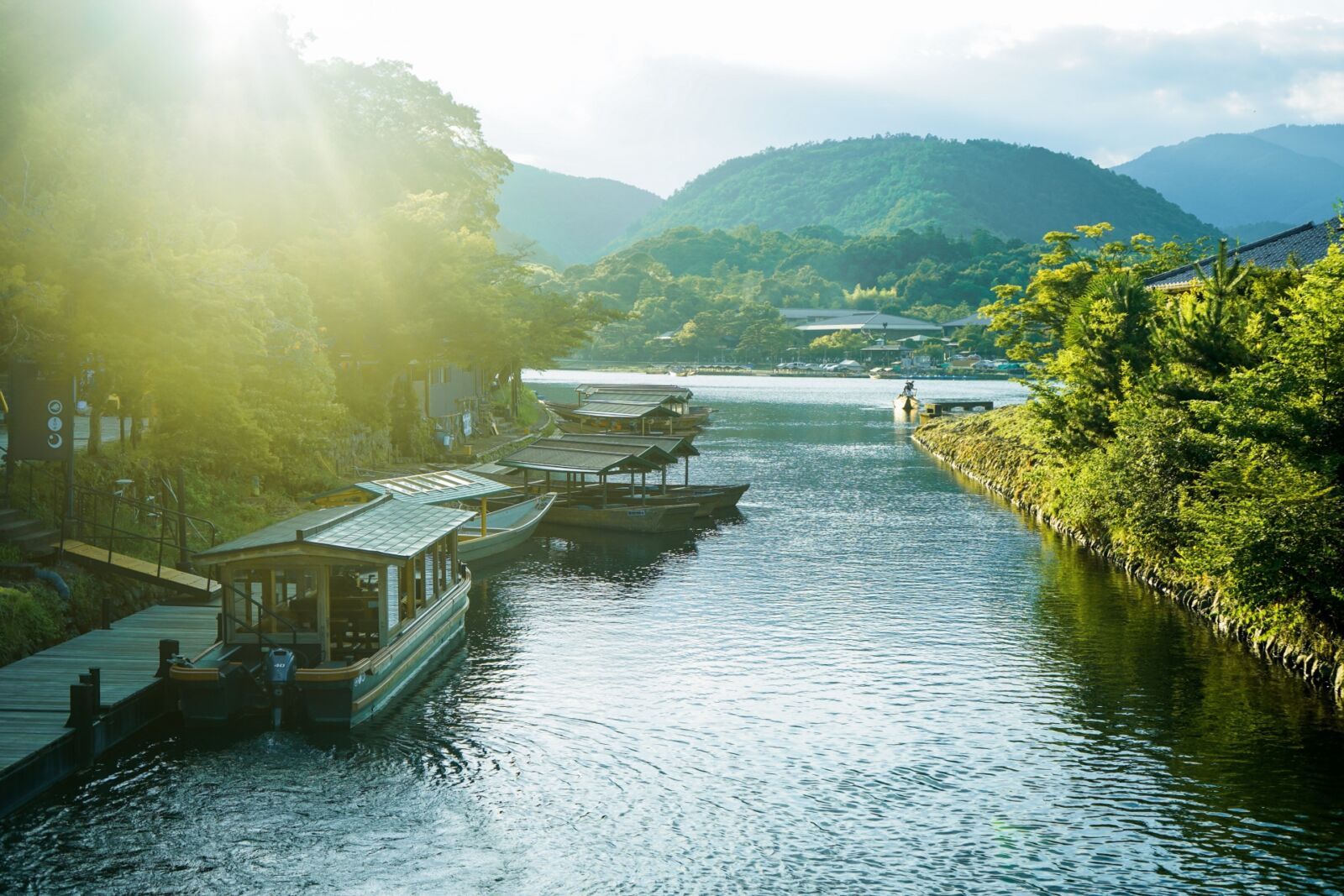
For lunch, you can explore the riverside area, choosing from restaurants or trying street food. If you have extra time, the lively shopping street nearby offers great souvenir options.
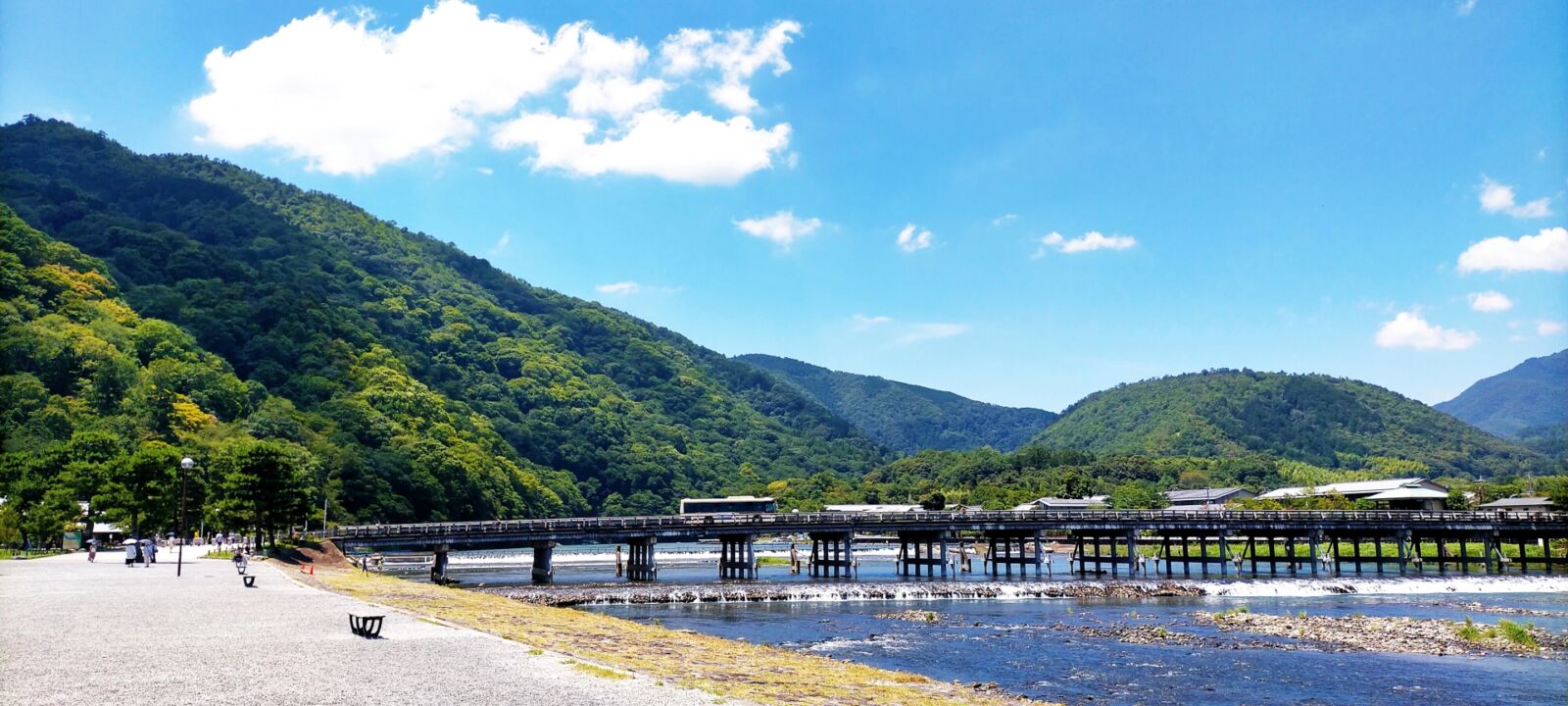
In the afternoon, we’ll enjoy a traditional Japanese koboshi doll-making experience. These dolls, dating back to the 14th century, are considered good luck charms symbolizing resilience.
Afterward, we’ll visit Ryoanji Temple, home to Japan’s most famous rock garden. Originally a Heian-period aristocratic villa, it became a Zen temple in 1450. Take time to reflect and find peace in this tranquil setting. Our final stop is Kinkakuji Temple, known as the Golden Pavilion. This stunning complex, surrounded by gardens and water, evokes the image of an earthly paradise.
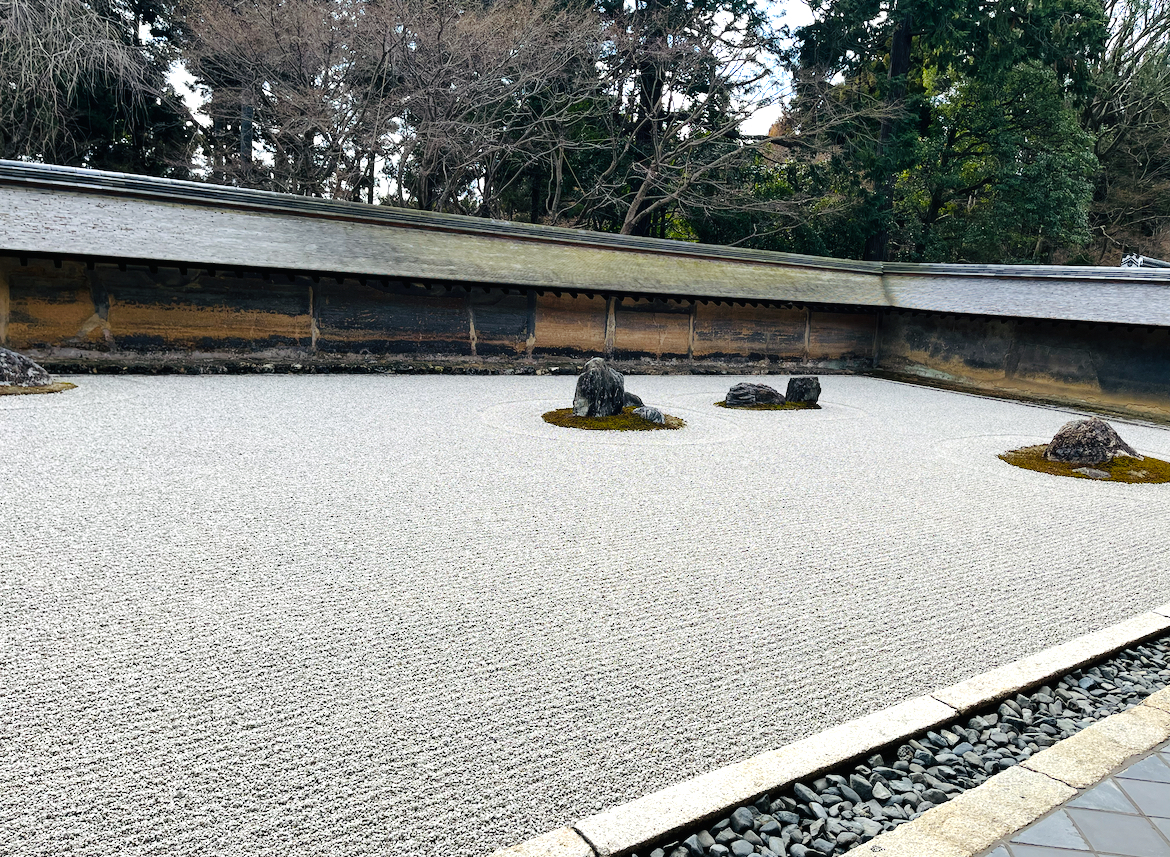
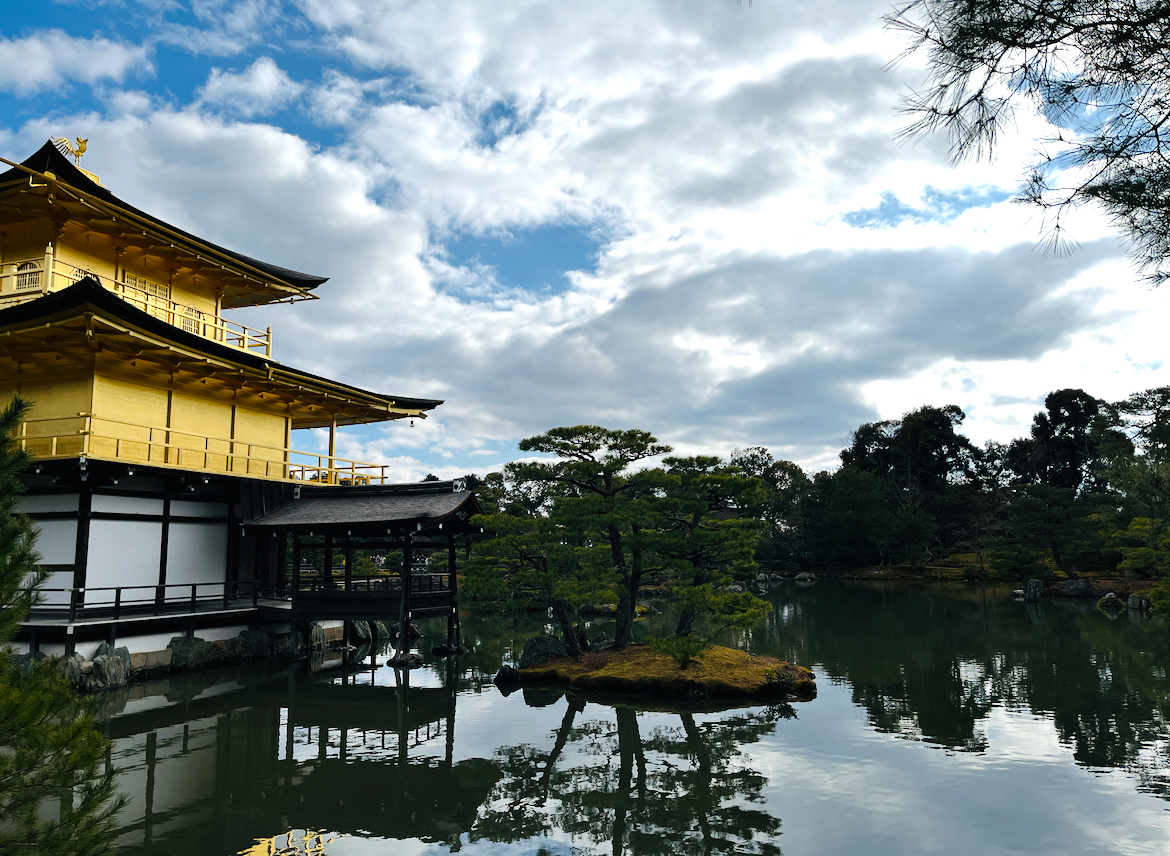
We will return to JR Kyoto Station together to say goodbye. However, if you would like to spend the rest of your day in the city centre, you are more than welcome. We will do our best to help you have a wonderful time in Kyoto.
1-Day Walking Tour : Traversing Kyoto's Scenic West - Arashiyama to Kinkakuji
- Spots:
- Pick-up:
- Drop-off:














